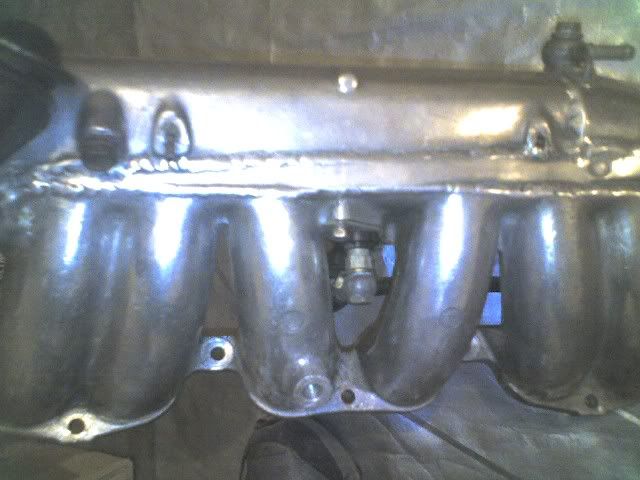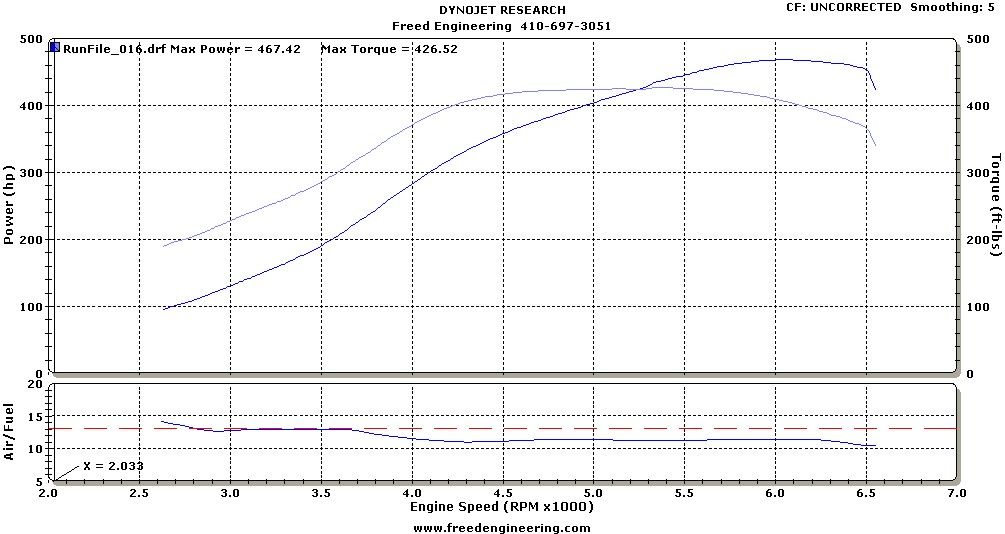I would think that there are easier ways to make about any intercooler fit, but okay. Easier access to the engine bay, I suppose, but I figure that the payback time for the work it takes to install the FFIM would be a very long one.
Less IC piping, okay, but what does that REALLY gain you? I had figured it out to be a handful of ms lag time at best, and that was calculating for the entire length of IC piping at 3" ID. Considering that most of any lag time is turbo spooling anyway... I guess I'd group that with the engine bay access. It might shave a few of ounces off of the front end of the car, but most of those FFIMs look like they probably add a few pounds.
For cooler intake temperatures, I can understand the reasoning behind it that you have your nicely intercooled charge passing right over the exhaust manifold, but if I sit down to do the math, even if the air over the exhaust manifold is at 300 deg F, (Highly unlikely, in fact, while the car is in motion, I'd bet on less than 150 average temp) and you are using 3" ID 1/16" wall copper tube (The thinnest, most heat conductive material that I could model with the largest reasonable surface area) AND you were somehow intercooling the air to 0 deg F (Lots of dry ice on the intercooler maybe?) while running the engine at about 2500 RPM with 8" mercury vacuum (reasonable cruising = relatively slow flow through pipe) you increase intake temp charges by less than 1 degree over 16" of pipe. There just isn't enough energy transfer without forcing an exchange.
It's a different story if you add another 30 square inches of fins to the pipes, plus add "X" fins inside the pipe and confine the hot air from the exhaust so that it must convect over the additional exterior surface area...
If you're worried about intake air temps, then put some heat wrap around the IC piping, but I'd bet that you won't be able to measure a change in your intake charge temps.


